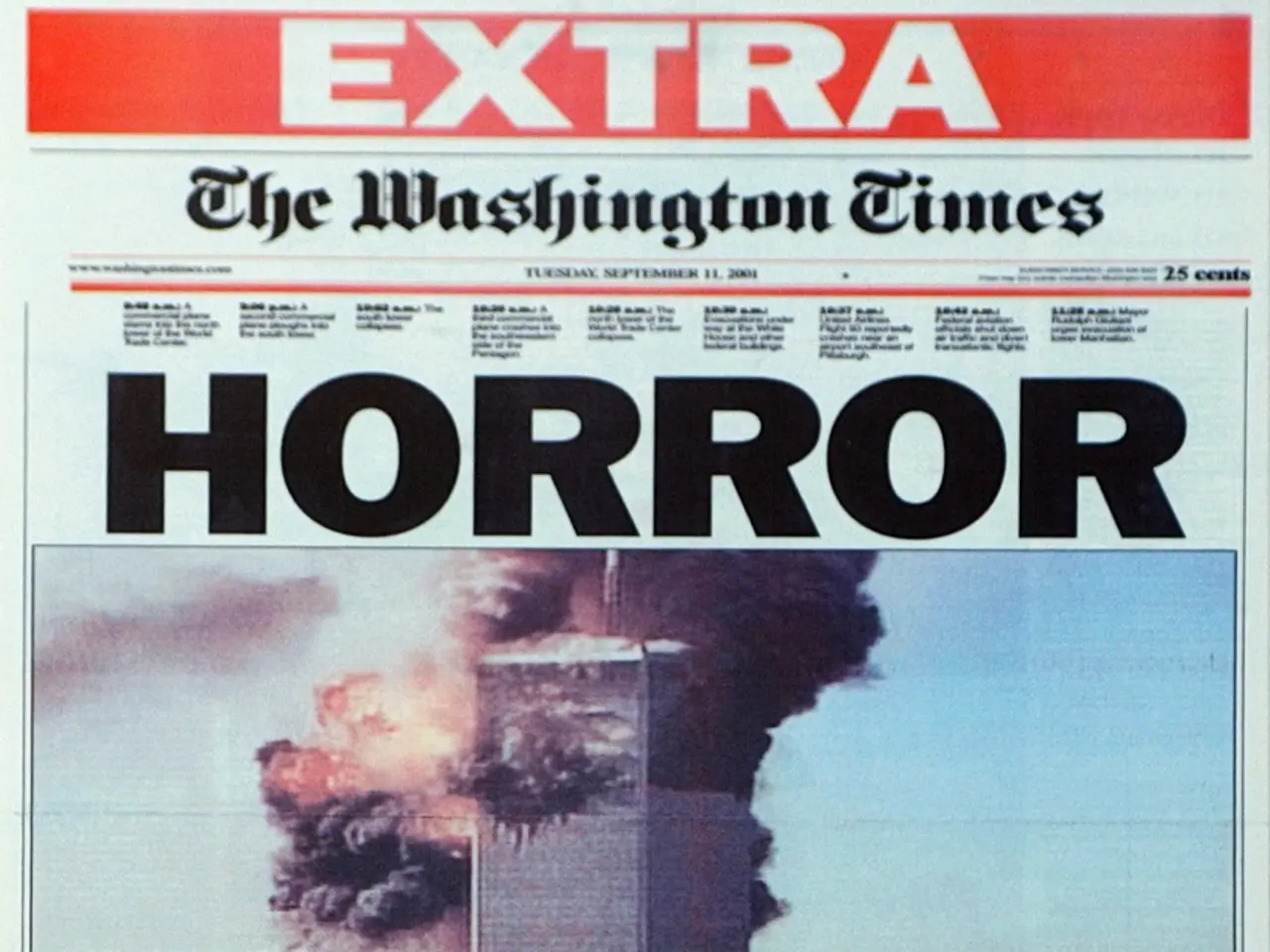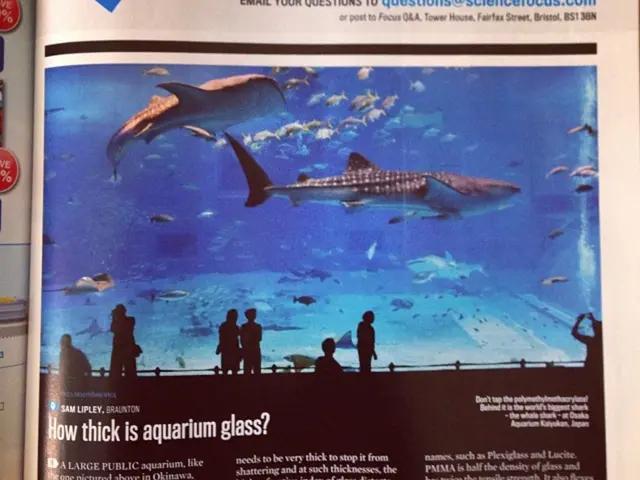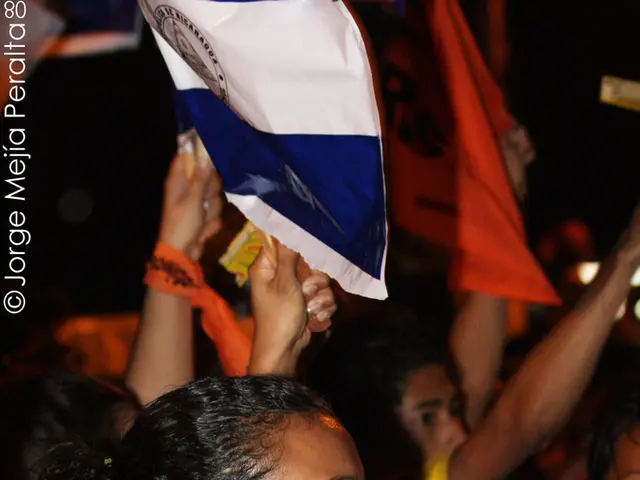Conflict in Ukraine under Putin's leadership is reshaping modern war journalism
The war in Ukraine has seen a significant shift in war reporting, with modern journalists having an advantage due to instant filing via satellite internet, avoiding direct censorship, as asserted by Professor Tim Luckhurst, Principal of South College. This newfound freedom has led to an unprecedented deluge of news from the frontlines, offering a more complete first draft of history.
However, this new landscape is not without its challenges. The central dilemma of war correspondents, as identified by journalist and historian Philip Knightley in his book "The First Casualty", remains: truth is always the first casualty of war. War correspondents often find themselves under a double obligation—to their responsibility towards truth and the pressure to disseminate propaganda and patriotic messages from governments, armed forces, and the public.
This tension has been present since the Crimean War (around 1850) and continues to this day. In response to such journalism, Russian President Vladimir Putin has closed independent media outlets, blocked access to social networks, and introduced stiff jail sentences for sharing alleged "fake news".
Neither side's casualty figures are independently verifiable, but it is known that Ukrainian civilians are dying and that Russian tactics are brutal. The image widely viewed on social media in the first week of the war, purporting to show Ukrainian troops facing off with Russian soldiers at an airbase, was actually eight-year-old footage from the Russian annexation of Crimea in 2014.
Organisations such as Bellingcat, a "citizen investigative journalist collective", and the unprecedented use of open-source intelligence by journalists, researchers, and amateurs have played a significant role in uncovering falsehoods about the war in Ukraine. Western correspondents in Ukraine can access images shared by Ukrainian soldiers and civilians, which some theorists refer to as "citizen journalism" or eyewitness testimony.
The balance of war reporting has changed, with evidence for which previous generations had to await the release of military records and diligent work by historians now almost instantly available to news consumers. This immediacy has led to protests against the war in some Russian cities before repression by Russia's federal security service and police.
Two journalists, Fox News' Oleksandra Kushynova and Pierre Zakrzewski, were killed on March 14 in the village of Horenka north of Kyiv. Their deaths serve as a stark reminder of the risks that war correspondents face in their pursuit of truth.
Knightley's analysis remains a crucial reference work to understand the challenges, constraints, and ethical questions faced by journalists in war-torn and crisis-ridden regions. As the conflict in Ukraine continues, the role of war correspondents in shaping public opinion and holding those in power accountable remains as vital as ever.
This article was originally published on The Conversation's website and has been republished under a Creative Commons License. To learn more about Professor Tim Luckhurst, the Principal of South College at Durham University, visit his profile. For more Thought Leadership articles from The Conversation, follow this link.
Read also:
- Lu Shiow-yen's Challenging Position as Chair of the Chinese Nationalist Party (KMT) Under Scrutiny in Donovan's Analysis
- Japanese leader stepping down from office
- Leaders Pashinyan and Aliyev convene at the Shanghai Cooperation Organisation's annual gathering
- Policies proposed by Prabowo are causing a mix of optimism and unease among Indonesians








